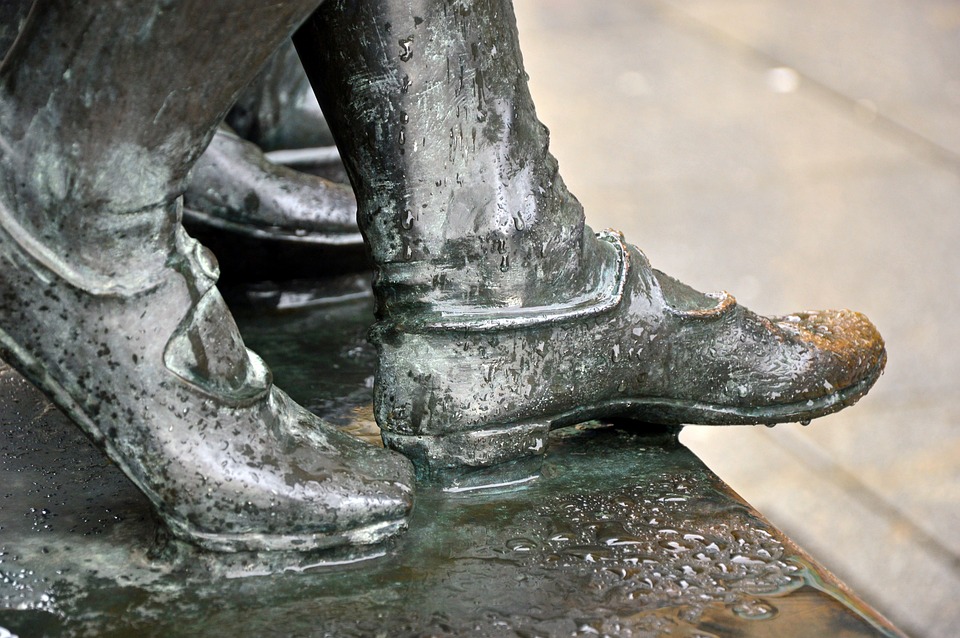From Drab to Fab: How to Revive and Restore Faded Brickwork
Brickwork is a timeless and classic feature of many buildings, adding character and charm to homes, commercial spaces, and historic landmarks alike. However, over time, brickwork can become faded, worn, and dull, losing its original beauty and appeal. But fear not! With the right techniques and materials, you can revive and restore faded brickwork to its former glory. In this article, we’ll explore the ways to breathe new life into your brickwork and answer some frequently asked questions.
Why Revive Faded Brickwork?
Before we dive into the restoration process, let’s consider why it’s essential to revive faded brickwork. Here are a few compelling reasons:
- Aesthetic appeal: Faded brickwork can detract from the overall appearance of a building, making it look worn and neglected. By restoring the brickwork, you can enhance the visual appeal of the structure and make it more attractive to potential buyers, tenants, or visitors.
- Structural integrity: Faded brickwork can also compromise the structural integrity of a building. As mortar erodes, bricks can become loose and vulnerable to damage, leading to costly repairs and potential safety hazards.
- Historic preservation: For historic buildings, restoring faded brickwork is crucial for preserving the original character and integrity of the structure. This helps to maintain the building’s historical significance and cultural value.
How to Revive Faded Brickwork
Now that we’ve established the importance of reviving faded brickwork, let’s explore the steps involved in the restoration process:
- Cleaning: Start by cleaning the brickwork to remove dirt, grime, and debris. Use a gentle cleaning solution and a soft-bristled brush to avoid damaging the bricks.
- Mortar repair: Identify areas where the mortar has eroded or cracked and repair them using a matching mortar mix. This will help to stabilize the bricks and prevent further damage.
- Pointing: Use a pointing trowel to re-point the mortar joints, ensuring a tight and even seal. This will help to prevent water from seeping into the structure and causing further damage.
- Cleaning and sealing: Once the mortar is repaired and pointed, clean the brickwork again to remove any excess mortar or debris. Apply a sealant to protect the bricks from future damage and staining.
- Painting or staining: If desired, apply a coat of paint or stain to enhance the color and appearance of the brickwork.
Image: A before-and-after comparison of a restored brick facade, showcasing the dramatic transformation from faded to fab.
Frequently Asked Questions
Q: What type of mortar should I use for restoration?
A: Use a matching mortar mix to the original mortar used in the construction of the building. If the original mortar is no longer available, consult with a professional or use a mortar mix specifically designed for restoration.
Q: Can I restore faded brickwork myself?
A: While it’s possible to restore faded brickwork yourself, it’s recommended to hire a professional for more extensive or complex projects. This will ensure a high-quality finish and prevent potential damage to the structure.
Q: How often should I clean and maintain my brickwork?
A: Regular cleaning and maintenance are essential to prevent damage and staining. Clean the brickwork at least once a year, and consider applying a sealant every 5-10 years to protect the bricks.
Q: Can I use a power washer to clean my brickwork?
A: Avoid using a power washer, as it can damage the bricks and mortar. Instead, use a gentle cleaning solution and a soft-bristled brush to clean the brickwork.
By following these steps and tips, you can revive and restore faded brickwork to its former glory, enhancing the appearance and structural integrity of your building. Remember to prioritize regular maintenance and cleaning to prevent future damage and ensure your brickwork remains fab for years to come!



